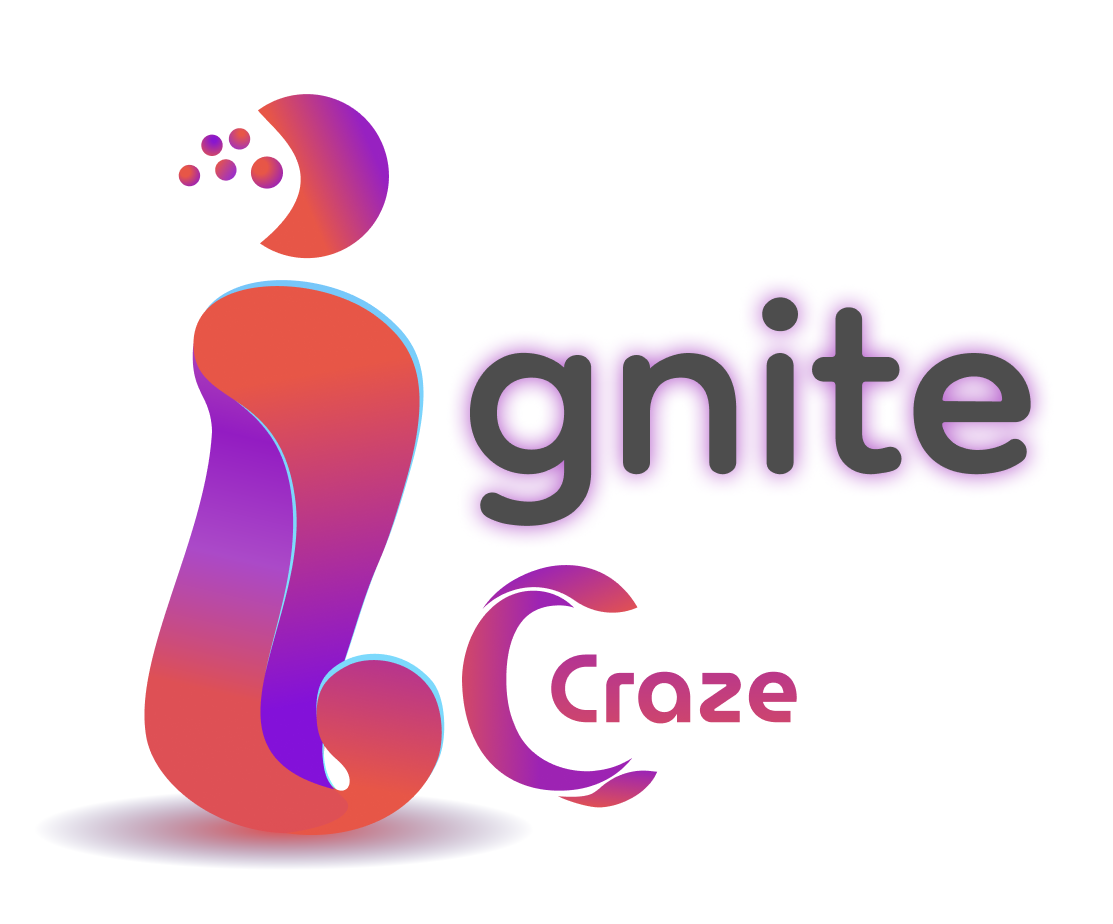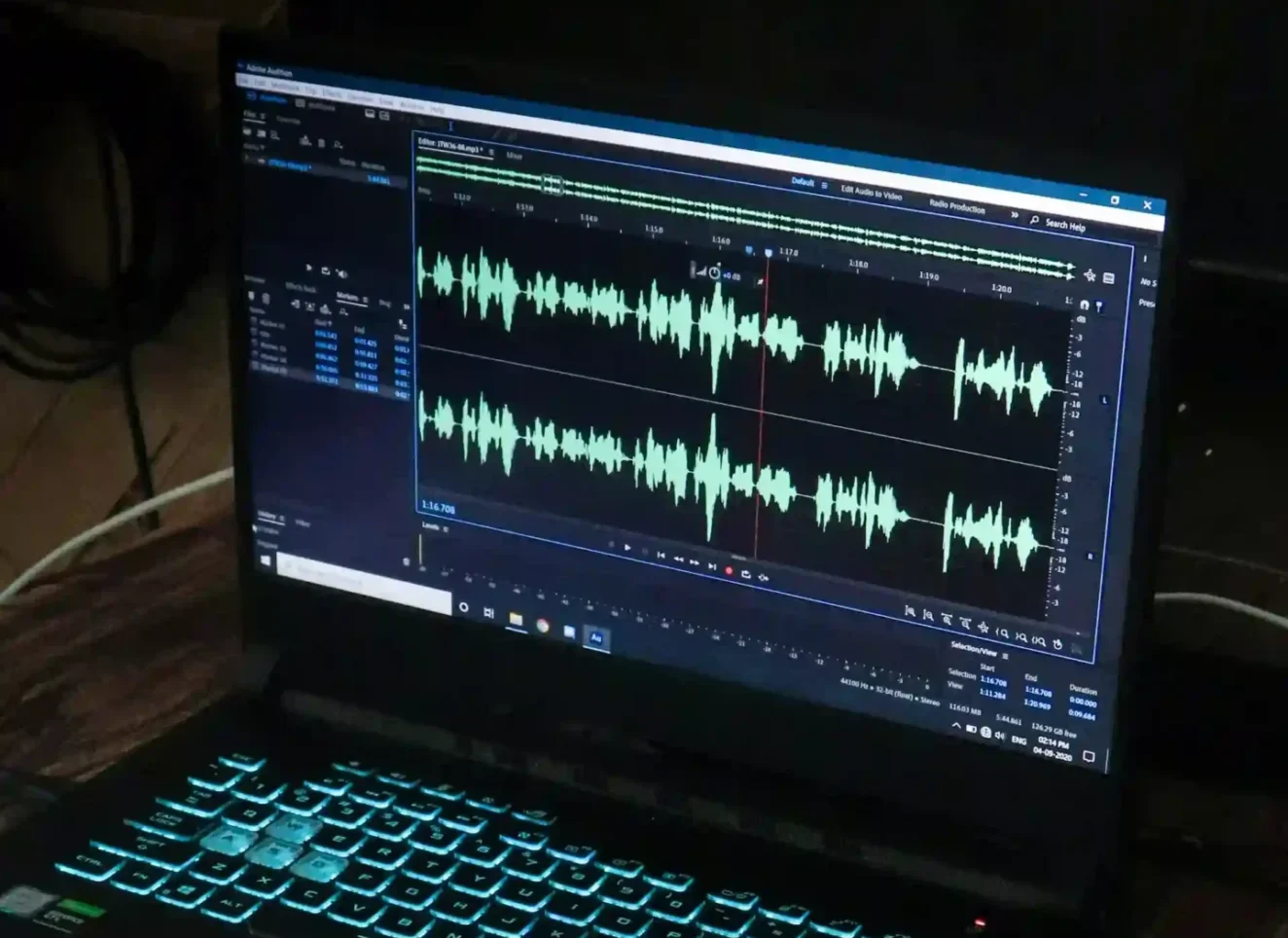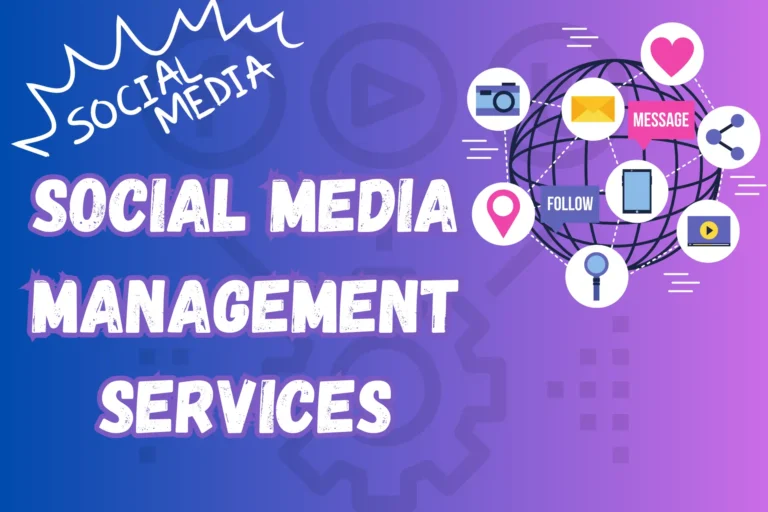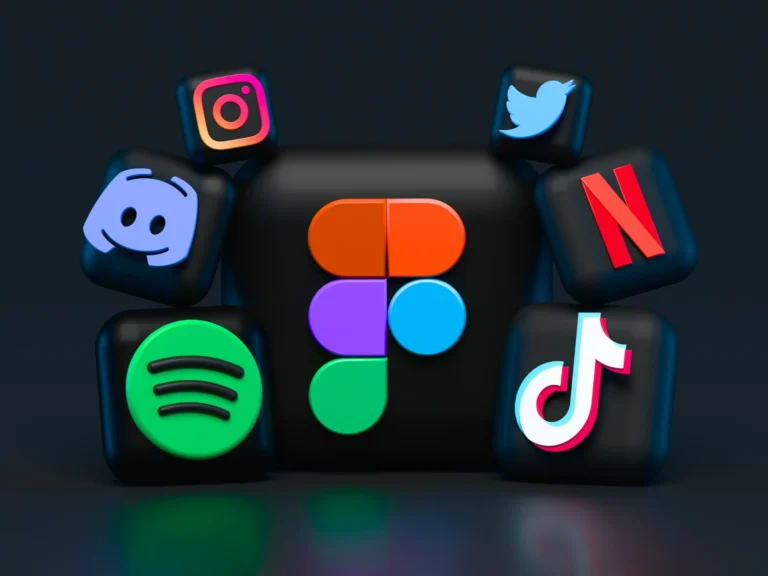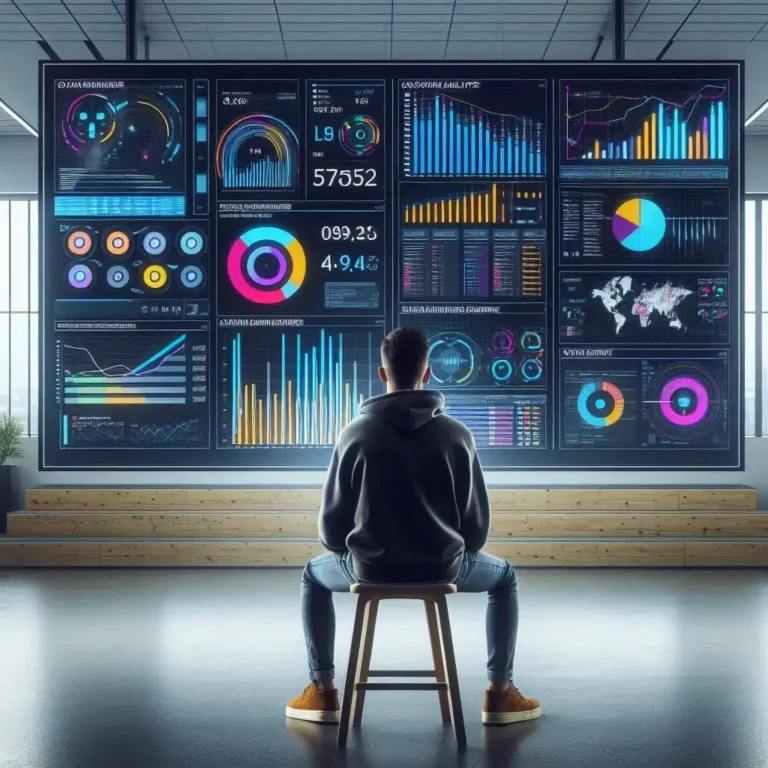Best AI Voice Generator| Top Tools for Realistic, Human Like Voices
Discover the best AI voice generator tools for realistic, natural sounding audio. Compare features, voices, and pricing to find the perfect solution.
If you spend time on TikTok, you may have seen videos with the AI generated voice changing filters or narration. TikTok’s text to speech character, “Jessie,” is among the most identifiable artificial intelligence voices. However, many outside AI voice generators provide a spectrum of tones and accents that let authors further personalize their material.
AI voices bring comedy or a fresh narrative experience. Making interesting material depends on finding the ideal mix between artificial intelligence generated narration and genuine human parts. Excessively using AI voices might produce robotic or unnatural sounding videos, which would lower viewer connection.
Our TikTok Marketing Report shows that 51.9% of users already play with avatars created by artificial intelligence. Although AI powered technologies can improve content, too, depending too much on them could reduce the real, human touch that users of TikTok value.
This post will explain how to use AI voice generators and TikTok’s built in text to speech tool without sacrificing the authenticity and intractability of your videos.
Why AI Voices on TikTok Are So Popular
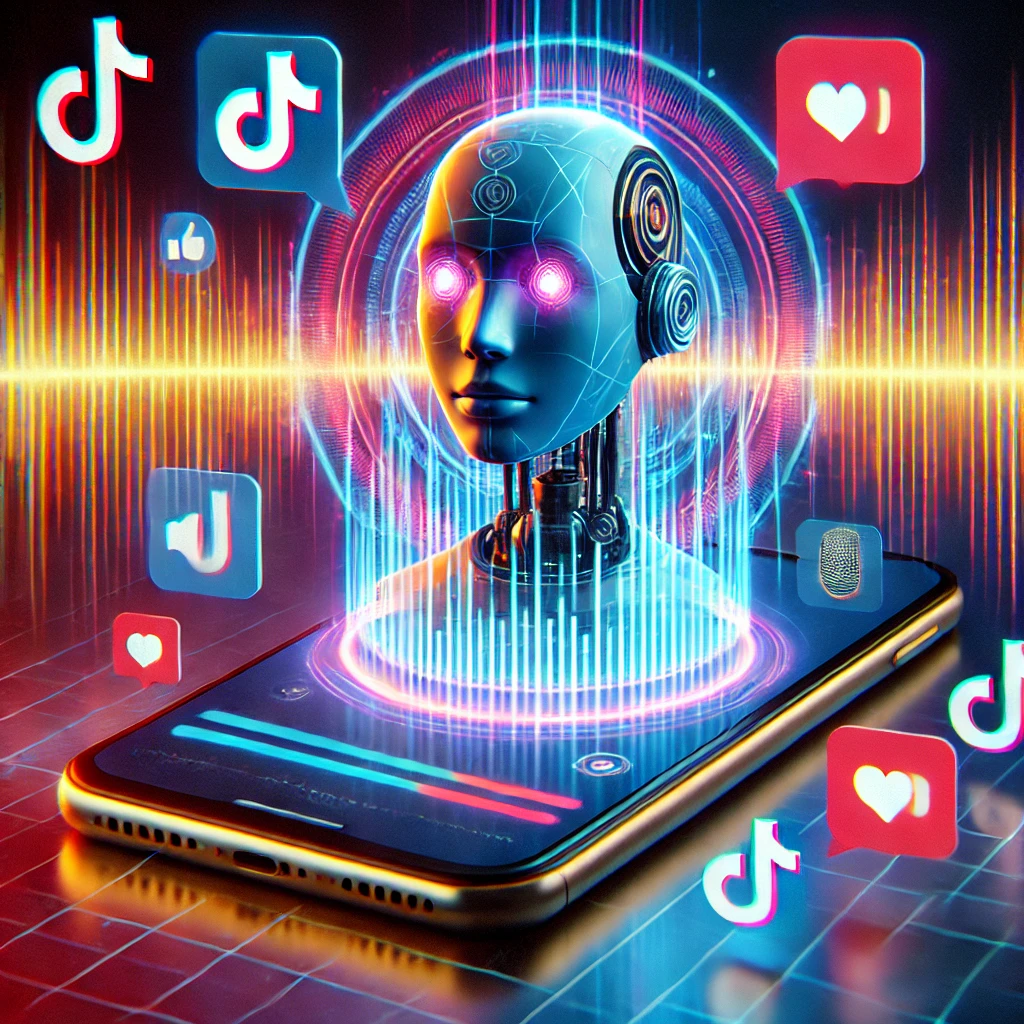
The text-to-speech tool on TikTok has become a trademark feature of the network. It lets users narrate videos without using their voice. Many producers choose this option for increased privacy, inventiveness, and convenience.
The capacity of artificial intelligence voices to offer a range of tones and styles helps explain their popularity. They make the material more interesting without depending on the author’s natural voice. While preserving anonymity, they provide a personal touch, and their unique, catchy sound wonderfully balances TikTok’s lively and enjoyable environment.
Some TikTok profiles even solely feature artificial intelligence created voices for their material. For instance, Psychobrainy uses AI voices to narrate historical events and fascinating stories, demonstrating this narrative instrument’s efficiency and attractiveness.
Although artificial intelligence voices give creative freedom, their popularity transcends that. Examining Reddit revealed some fascinating reasons why TikTok users like AI-generated narratives.
One significant benefit is that artificial intelligence voices enhance access. They are typically more straightforward to grasp for non native speakers and those with hearing problems, so films appeal more to a larger audience.
Moreover, some non-native speakers discover that writing in a language comes more naturally than speaking it. Many may also choose artificial intelligence narration if they feel self conscious about their accents.
Convenience and cost are yet more considerations. Since not everyone has paid voiceover tools or professional recording equipment, they rely on TikTok’s built in free and accessible text-to-speech technology.
Some users even hypothesize that TikTok’s algorithm prefers videos with AI voices, therefore raising their chances of showing on the “For You” tab. Although this hasn’t been verified, the belief alone could inspire more producers to apply narratives created by artificial intelligence.
What Is an AI Voice Generator?
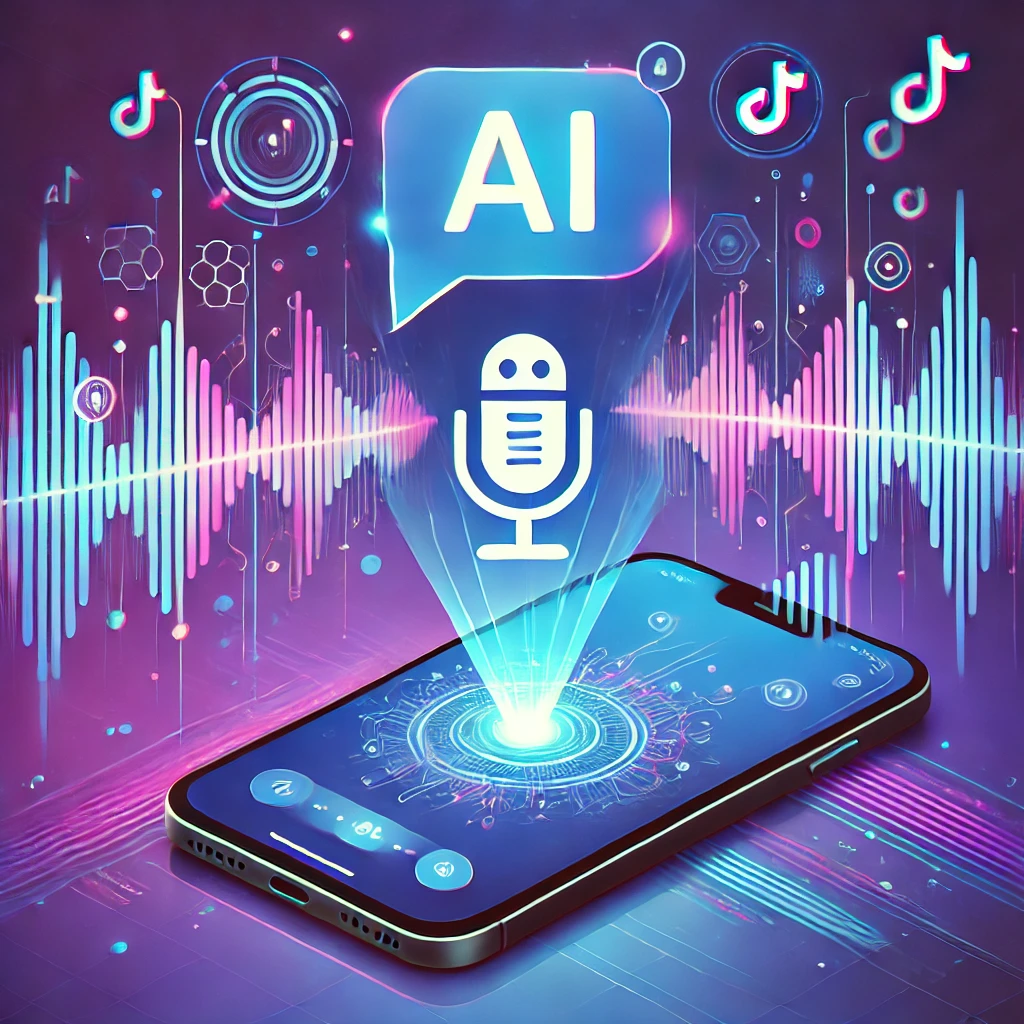
There’s a big difference between TikTok’s built-in text-to-speech feature and third-party AI voice generators. TikTok’s option is integrated into the app, making it quick and easy to use. All you have to do is type your text, pick a voice (male or female), and let the app generate the audio perfect for creators who want a simple and fast solution.
On the other hand, AI voice generators are separate programs you can download and use on your device. These tools offer more advanced features like tone and pitch control, making the voice sound more natural and less robotic. They also provide multiple voice options and language choices, giving creators more flexibility.
However, using an AI voice generator means you’ll need to edit your videos outside of TikTok before uploading them. Some of these tools even offer a voice cloning feature, where you can upload a sample of your voice, and the AI will generate audio that sounds just like you. For most TikTok users, the built-in text-to-speech feature is enough since it’s fast, easy, and effective. But if you want more control over how your AI voice sounds, third-party voice generators are worth exploring.
How AI Voice Generators Work
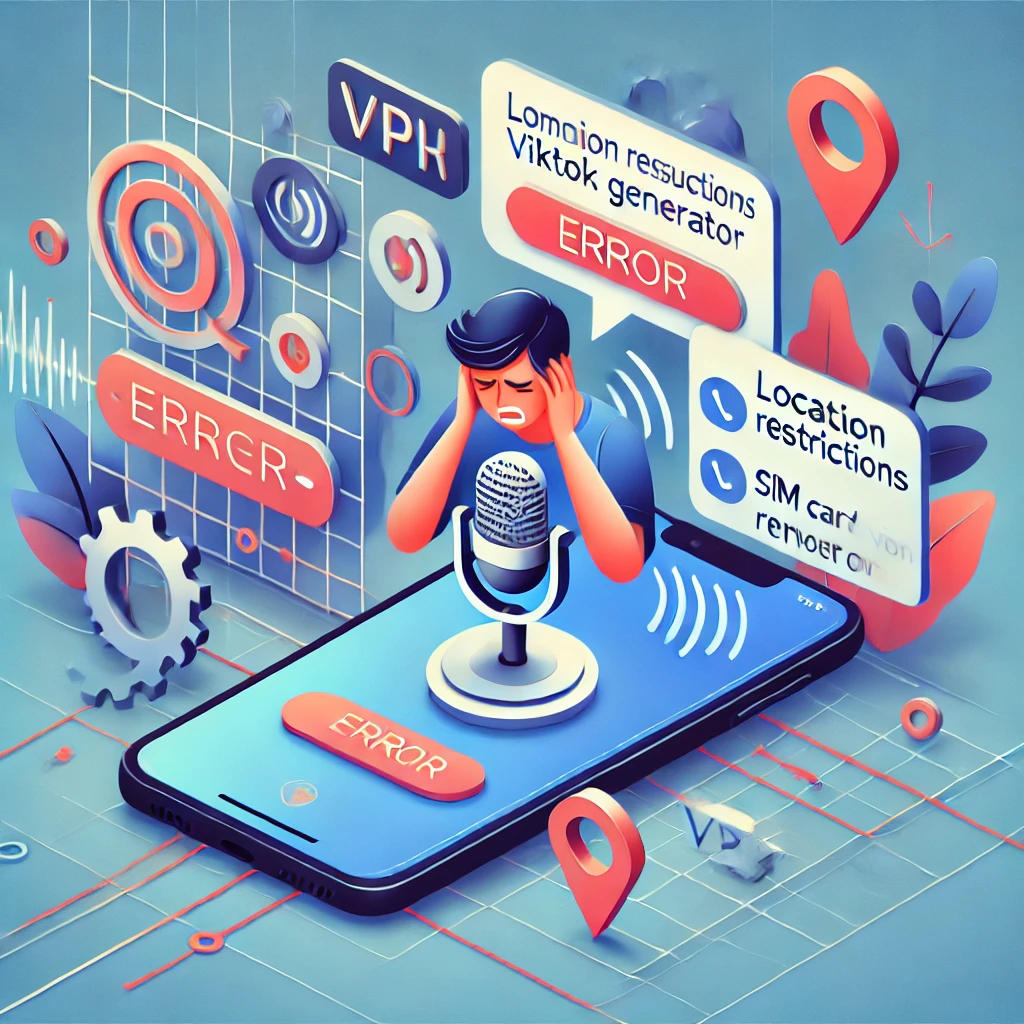
Using AI-generated voices on TikTok can sometimes come with challenges. Here’s a look at some common issues and how to resolve them.
1. Location Restrictions
TikTok’s built in American voices aren’t available in all regions, so if you’re outside the U.S., you might not have access to them.
How to Fix It:
Use a VPN (Virtual Private Network): A VPN can change your IP address, allowing you to access U.S.-based features. There are plenty of free and paid VPN services available, so finding one that works for you should be easy.
Remove Your SIM Card: Another trick is to remove your SIM card and connect to Wi-Fi. Since TikTok relies on your SIM for location tracking, this method might allow you to access the American voices.
2. Robotic or Artificial-Sounding Voices
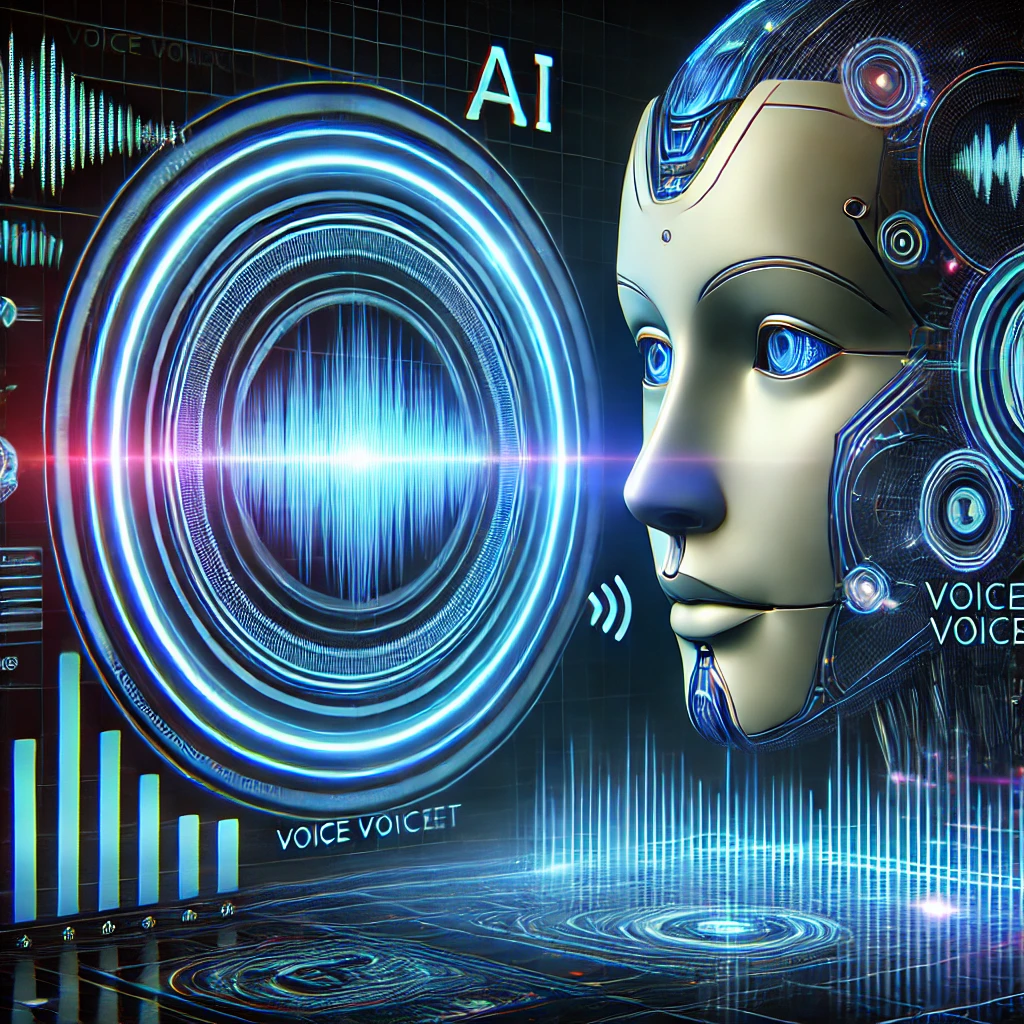
TikTok’s built-in text-to-speech voices can sometimes sound too robotic or unnatural, which may not fit your brand or content style. Many brands use it only for specific parts of their videos rather than throughout.
How to Fix It:
Use AI voice generators: Third party tools offer more natural and customizable voice options.
Mix AI voices with music: Many creators combine text-to-speech narration with background music to make their content sound more engaging.
Limit AI voice use: Instead of relying entirely on AI-generated narration, use it only for introductions or specific parts of your video, as The Positive Piece puzzle brand does in their TikTok videos.
By understanding these limitations and using creative workarounds, you can get the most out of AI voice generators on TikTok while keeping your content fresh and engaging.
An alternative solution is to use third party AI voice generators. These tools offer a wide range of voice options, making it easy to find one that fits your brand. Additionally, you can customize the pitch, speed, accent, and other settings to create a more natural and personalized sound.
3. Technical Hurdles
Using TikTok’s text-to-speech feature is fairly straightforward just sync the words with your video, and you’re good to go. However, if you’re trying to lip-sync the AI voice, things can get tricky. Ensuring the words align perfectly with your mouth movements can be time-consuming and challenging. The same issue applies when using third-party voice generators. If the voice speed doesn’t match your video either too fast or too slow you may need to reshoot the footage. A better approach is to adjust the playback speed. Slightly speeding up or slowing down the video or AI voiceover can help create a seamless match without compromising quality. Most editing tools offer fine-tuned speed controls to make this process easier.
4. Over-Reliance on AI
If your video relies entirely on AI using an AI voice, avatar, and filter it can feel overly automated and lose its human connection. Since TikTok thrives on authentic and relatable content, it’s important to balance AI tools with a personal touch. A great example is The Positive Piece. They incorporate text-to-speech but also include a TikTok sound and a real person in the video. This combination makes the content feel more natural like a friend sharing something interesting while still benefiting from AI’s convenience.
5. Ethical & Compliance Concerns
The thing about AI is that it doesn’t create anything truly “new” it simply combines existing data in different ways. When you use an AI generated voice, whether from TikTok or a third-party tool, ethical and legal concerns arise. If the voice belongs to someone else, do you have the right to use it? Could it violate intellectual property laws?
A case like this surfaced when TikTok creator Justine Camera used an AI tool to mimic Morgan Freeman’s voice in her video. She followed a TikTok trend where people ask friends or family to narrate their vlogs but instead used Freeman’s voice, jokingly claiming to be his niece. The video went viral on X (formerly Twitter), and Freeman himself expressed concern.
The creator later clarified that it was meant as an “obvious joke,” but the video was removed, highlighting a crucial issue using AI-generated celebrity voices without permission can lead to legal and ethical problems. To stay on the safe side, avoid using AI-generated voices of celebrities or public figures without consent. Instead, opt for generic AI voices or clone your voice to maintain originality and avoid potential risks.
6. Shadowban or Spam Risks
Let’s clarify the myth that using voice overs created by artificial intelligence can cause you to be tagged as spam or shadow banned. TikTok has no particular policies against AI voice use.
You’re okay to go as long as you have permission to utilize the AI-generated voice and aren’t breaking any intellectual property rules. One Reddit user claimed to have created AI-generated videos for TikTok and had 500K views in less than a month. This shows that content driven by artificial intelligence including voice overs can still flourish and support platform audience growth.
How to Choose the Best AI Voice Generator
Choose Your AI Voice Option
Whether you’re using TikTok’s text-to-speech feature or a third-party tool, here’s how to set up AI voiceovers for your TikTok videos.
Draft Your Script
Even if your video is just 20 seconds long, having a script is essential. It doesn’t need to be overly complex just clear, engaging, and well structured. For instance, in this video, The Sill keeps it simple with a single sentence script for their 9-second clip, while the rest of the message is conveyed naturally through the person in the video.
If you’re making a branded video, keep your script short and to the point. For humorous content, focus on perfecting the comedic timing. Your brand’s style also matters. For example, a makeup brand might create a tutorial or beauty tip, while a meditation app could use a script for a guided relaxation exercise. Tailoring your script to your niche ensures it resonates with your audience.
Next, decide whether to use TikTok’s built in text to speech feature or a third party AI voice generator. For short voiceovers, TikTok’s tool works well and keeps the narration from sounding too robotic, as seen in The Sill’s video. However, for longer videos, an external tool is a better option. It gives you more control over tone, pacing, and expression. Plus, you can use different AI voices to differentiate characters or scenes, making your content more engaging and dynamic.
Fine Tune the Audio
As we’ve discussed, you want to avoid a robotic or monotonous voice. Experiment with the tool’s features to see how much control you have over the tone. Adjust the pitch and speed to make it sound more natural and engaging.
Ensure the audio levels are well balanced so they don’t overpower other elements like background music or sound effects. If you’re using an accented voice, tweak the speed to keep it clear and easy to understand.
Import into TikTok or Another Editor
Import your completed video into TikTok once it’s ready. MP4 is the ideal format for voice overs. Export your video as an MP4 file first before sending it to TikTok if you are editing with another tool.
Use another video editing program if you wish to add more effects or make further changes. Save it as an MP4 and send it to TikTok for publishing once everything is finished.
Preview & Tweak
You should review your TikTok video at the last minute before uploading it. A quick check can help you catch any mistakes and ensure your content is polished and engaging.
Check the audio levels first. Make sure the sound effects, background music, and voiceover enhance one another rather than overwhelm each other. The audio should be clear and easy to understand.
Next, ensure proper timing and syncing. If your video has a voiceover, sound effects, or music, double-check that they align perfectly with the visuals. Misaligned audio can make your video look unpolished and unprofessional.
Proofread any spelling errors or poor language in your video if it features subtitles, text overlays, or captions. Error-free, clear text improves your work’s general quality.
For videos with subtitles, play the video with them enabled to verify they match the voiceover or spoken words without any delays or misalignment.
Watch your video several times before sharing, too. This last inspection will enable you to verify that everything seems and sounds flawless and identify any last problems.
By following these simple steps, you can ensure that your TikTok video is high-quality, engaging, and ready to capture your audience’s attention.
Maintaining Authenticity & Personal Flair
Sometimes the development of social media content using artificial intelligence results in a loss of authenticity and personalizing. Still, adding human components to your movies will help to prevent this.
One easy approach to accomplish this is by harmonizing real-life images or encounters with AI Voice Generators overs. Combine human creativity with artificial intelligence to keep a real connection with your audience instead of depending just on it for the narration and images.
For instance, Sephora skillfully combines artificial intelligence voice overs with actual product footage. This guarantees that the material stays real and interesting since viewers will relate it to their brand.
Nike has similarly introduced a scene in their films using AI Voice Generators, but actual people take over the narration for the remainder of the video. This mix helps create a natural and relatable viewing experience.
Another way to retain authenticity is by blending AI and real voices. Making a point-of-view (POV) video means jumping into character yourself for the major portion of the video and using an AI voice for the introduction. Experimenting with multiple tactics will help you determine what resonates most with your audience.
Incorporating your presence or your goods into the video alongside AI commentary can also boost authenticity. Linda Tong Planners introduces their planner using an AI voice, for example, although the video itself centers on actual footage of the planner’s functionality. This retains a human connection while benefiting from AI support.
Strategic mixing of artificial intelligence with real life components will provide interesting, relevant, and high-quality material without overly automated feelings. The secret is to strike the ideal balance that increases innovation without sacrificing the voice and individuality of your brand.
Tips to Boost Engagement with AI Voiceovers
AI Voice Generators can sometimes lack the natural fluctuations, urgency, intrigue, or humor that a human voice naturally conveys. This can make the narration feel flat and less engaging. However, you can work around this by structuring your storytelling effectively. One way to do this is by immediately capturing the viewer’s attention with a strong opening before the AI voice takes over. For instance, At Home, a home decor brand, starts one of its videos with the line, “Introducing the Oh Joy! collection.”
This immediately sparks curiosity, making viewers want to see what’s special about the collection. Using a compelling hook right at the beginning is a proven way to keep people engaged. Beyond keeping viewers interested, your video should also drive action. That’s where a strong call-to-action (CTA) comes in. Phrases that create urgency—such as “don’t wait” or “limited-time offer”—can significantly boost engagement and conversions. Pairing this with an equally captivating video ensures a strong impact. For example, in a video responding to a comment, Flaire & Co. uses the phrase, “We need to raise our standards.”
The word “need” immediately brings urgency to the message. The video then visually reinforces this statement by showing their jewelry being tested under running water, proving its durability. This clever combination of persuasive wording and visual proof resonated with audiences, earning the video nearly 57,000 likes in just 10 seconds. By strategically structuring your video with a strong hook, engaging narration, and a compelling CTA, you can maximize audience retention and encourage meaningful interactions.
What’s Next for AI Voice Tech on TikTok
The emergence of conversational artificial intelligence is intimately related to developments in AI speech production, impacting everything including marketing and advertising as well as content creation. Text-to-speech and speech-to-speech systems should grow much more advanced as artificial intelligence technology develops.
Recently, at a $3 billion valuation, AI speech firm Eleven Labs raised $250 million in capital. As investments in this field rise, developments in artificial intelligence voice technology on platforms like TikTok are probably going to pick speed.
One big change is the more personalizing of voice generation. AI Voice Generators will sound increasingly human-like as tools like Eleven Labs keep becoming better, which will make it more difficult to tell them apart from natural voices. Another AI Voice Generators, Play AI, has received $21 million to create AI-powered voice apps meant to replicate real human speech.
Even TikTok is extending AI voice capability. Users of the platform can construct their AI Voice Generators for text-to-speech thanks to a fresh tool. Users can create an exact AI voice for personal usage by recording just a few sentences.
These developments call ethical questions even if they are remarkable. The debate about Morgan Freeman’s artificial intelligence voice imitation draws attention to the dangers connected with AI-generated voices. Other issues include disinformation, voice cloning, and using artificial intelligence voices for fraud calls.
Stiffer rules will probably be required to stop abuse. Users can take responsibility in the meantime by using AI voice technology ethically, avoiding vocal cloning of public personalities, or using AI Voice Generators via deceptive means.
You’re Next Viral TikTok Might Just Need an AI Voice Generator
TikTok sounds are fun and relatable, but they’re not always the right fit especially for businesses. When your video needs to follow a script, you need a voice that effectively delivers your message. Hiring a voice actor can be expensive and time consuming, and sometimes, you just want to experiment with something different. That’s where TikTok’s text-to-speech feature and external AI voice generators come in, offering a simple way to add narration without the hassle. As mentioned in the guide, you can use these AI Voice Generators without them sounding robotic or monotone. The key is to maintain some level of human involvement in your video, ensuring it feels natural and engaging.
Frequently Asked Questions
How might I leverage AI voices on TikTok outside of the US?
If TikTok’s AI voices aren’t available in your country, you can try using a VPN set to the U.S. while accessing the app. Third-party artificial intelligence voice generators offer still another choice. Usually providing more power than TikTok’s built in AI voices, these programs let you produce voiceovers and post them to TikTok.
Which artificial intelligence voice generator sounds like a female voice on TikTok?
Originally TikTok, Gasser generated the same female AI voice utilized on TikTok. It also provides many languages’ equivalent TikTok-style voices. Council is another fantastic choice since it can create the original TikTok female voice or variants in many languages. Additionally available for download on your phone are the voice files.
For TikTok videos, could I clone my voice?
Exactly! Currently, TikTok lets you record a 10-second sample of your voice, which the program will then clone. The cloned voice is private; hence, only you can use it, and you can delete it at any moment. Will I get banned, or can I utilize AI voice generators on TikTok?
Indeed, many creators on TikTok use AI speech synthesizers as authorized on the platform. Just be sure your material complies with TikTok policies; steer clear of deep fake or misleading material that can break the policies.
How do I acquire the American AI voice on TikTok?
Use a VPN configured to a U.S. server to access TikTok’s U.S. AI voices. Removing your SIM card and then using one from the United States or a GPS spoofing app will also help you to fool your position. Still, depending on other information, TikTok may find your actual area.
Which free AI voice generators for TikTok are the best?
These are some fantastic free artificial intelligence voice tools:
Built-in AI voices on TikTok (should they be accessible in your area)
Eleven Labs (free plan with realistic voices)
Parakeet, with about 800 voices in 100 languages,
Veed.io: Free plan’s fundamental artificial intelligence voices
Can I alter the AI voiceovers’ pitch or speed?
Indeed. Most programs for video editing, like Cap Cut and Adobe Premiere Pro, let you apply effects and change speed or pitch. Usually, though, you should change the voice straight in the AI generator before exporting it.
How many artificial intelligence voice overs can I include in a TikTok?
There is no formal limit; you might add several AI voiceovers, much as with sound effects or music. It’s better to confine it to one or two, though too many voices can overwhelm viewers.
How might I create more natural AI voices?
The following are some guidelines:
Change the pitch and tempo to steer clear of robotic sound.
Incite natural pauses to replicate actual speaking.
Emphasize for a human-like tone important words or phrases.
Correct difficult post-editing cuts or errors.
Speak casually and conversationally.
Should I be concerned about copyright using artificial intelligence voices?
Check the terms of service of the AI tool always. While most allow commercial use, some may have limitations or demand credit. Should you be unsure, you could clone your voice instead.
On TikTok, may I employ well-known AI voices (like “Adam” from Eleven Labs)?
Indeed, as long as you’re not breaking TikTok rules. You can face legal problems if you too closely imitate or pass for copyrighted sounds.
